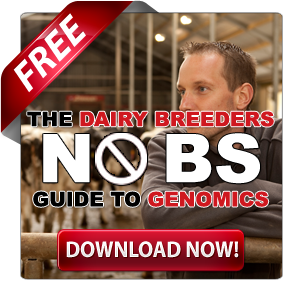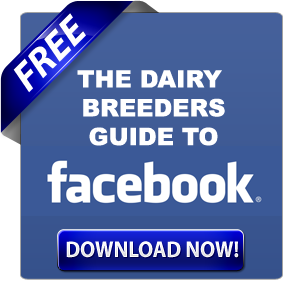Young dairy farm girls Lexi, Reese & Sydni defy death through transplants, fire recovery & paralysis—proving resilience rooted in rural communities and dairy cattle bonds.
When discussing strength in the dairy industry, the focus often centers on weathering market volatility or recovering from natural disasters. Yet sometimes, the most profound displays of strength emerge not in the milking parlor but in hospital rooms where young members of the dairy community fight battles that make even the toughest farm challenges seem trivial by comparison.
Growing up on a dairy farm—with predawn alarms, the steady rhythm of milking routines, and the tangible connection to land and animals—instills a unique resilience. But what happens when life delivers blows that are so devastating they threaten not just livelihoods but also lives themselves?
The stories of three remarkable young women from America’s dairy country—Lexi Anderson, Reese Burdette, and Sydni Mell—reveal individual courage, the extraordinary character forged growing up on a dairy farm, and the powerful bonds of rural communities that rally around their own when crisis strikes.
When a Heart Fails: Lexi Anderson’s Journey

Lexi Anderson stood out in the show ring in Cumberland, Wisconsin. Even before her diagnosis, there was something special about this young Jersey enthusiast. The granddaughter of Roger and Darice Riebe of Meadow-Ridge Jersey Farm, Lexi seemed born to the rhythm of dairy life, handling her animals with quiet confidence beyond her years.
No one could have predicted how dramatically her world would change.
What began as minor episodes of dizziness during basketball games in late 2023—initially dismissed as possible dehydration—proved far more serious. At just 11 years old, Lexi received a diagnosis that would shake her family to its core: restrictive cardiomyopathy (RCM), an exceptionally rare and aggressive form of heart failure affecting perhaps only 1 in 5 million children annually.
“During a game last November, she experienced a concerning episode,” her mother Tamala recounted, her voice still carrying the weight of that memory. After preliminary examinations revealed concerning findings, the family met with specialists at Marshfield Medical Center on December 15, 2023.
The prognosis was stark—some children diagnosed with RCM face a life expectancy of only a year and a half without intervention. The condition involves hardening the heart muscle, progressively inhibiting its ability to pump blood effectively. The irony was almost too cruel to bear for a young girl whose heart had been so passionate about her Jersey cattle.
Yet even as her physical heart failed, Lexi’s spirit and determination remained undiminished.
A Community’s Heart Responds
News of Lexi’s diagnosis rippled through the dairy community with the speed and force of a summer storm. Friends quickly established the “Love for Lexi” campaign, creating a website with a Caring Bridge connection to share updates and channel support for the anticipated medical expenses.
But at the Barron County Fair in July 2024, the true magnitude of community support became visible in a way that brings tears to the eyes when recalled.
When Lexi’s market lambs narrowly missed qualifying for the fair’s auction sale, fellow young exhibitor Holly Hargrave, just 13 years old, made a decision that exemplifies the very best of rural America. Holly donated her prize lamb—expected to be the grand champion—to be sold for Lexi’s benefit.
Something extraordinary happened when the auctioneer announced the proceeds would go to Lexi’s heart transplant fund. The lamb was purchased, donated back, and resold. Then it happened again. And again. And again. The same lamb changed hands four times in succession, raising more funds for Lexi each time.
When the final gavel fell, Holly’s single lamb had raised an incredible $27,000—far exceeding the typical $700-$1,000 price for such an animal. Holly and her sister Hattie didn’t stop there, splitting the proceeds from their other two lambs to contribute even more to Lexi’s fund.
This wasn’t just fundraising; it was a powerful demonstration of peer-to-peer empathy and the collective investment of a community rallying around one of its own.
The Gift of a New Beat

As Lexi’s condition deteriorated, the family lived in anxious anticipation, bags packed, waiting for the life-saving call. Finally, on Monday, January 20, 2025, it came: a donor heart was available.
The transplant surgery occurred at Children’s Hospital of Milwaukee the next day. By 10:15 p.m. that night, Lexi’s new heart was beating strongly. A pacemaker initially placed as a precaution proved unnecessary and was quickly disconnected.
What followed was nothing short of miraculous. The day after surgery, her breathing tube was removed. By the second day, she sat up with assistance and brushed her teeth. On day three, she took her first steps. Her mother, Tamala, expressed confidence that after a recovery period of about three months, Lexi would “be able to do everything she wants to do.”
While the transplant offered Lexi a second chance at life, it also introduced a “new normal.” She now faces a demanding regimen of anti-rejection medications to prevent her body from attacking the donor organ. Her immune system remains suppressed, requiring extreme caution to avoid infections. Regular monitoring, including initially frequent heart biopsies, will become a permanent part of her life.
However, for a girl raised in the disciplined environment of a dairy farm, where twice-daily milking and meticulous animal care are non-negotiable, such challenging regimens are manageable. The farm life that shaped her character may well be what helps her thrive in her new reality. (Read more: Love for Lexi: A Heartfelt Journey of Courage, Community, and Hope for a Young Dairy Farm Kid and Wisconsin Dairy Farm Girl’s Heart Transplant Sparks Hope and Unity)
Forged in Fire: Reese Burdette’s Remarkable Recovery

If Lexi’s story demonstrates the power of community support and medical intervention, Reese Burdette’s journey reveals the extraordinary resilience that can emerge when a young person faces unimaginable trauma.
Reese’s life began deeply rooted in the world of high-caliber dairy farming. Her family operates Windy Knoll View Farm in Mercersburg, Pennsylvania, an operation well-regarded within the Holstein breeding community for its excellent genetics and show ring success, having bred over 150 Excellent-rated cows and earned prestigious awards like the World Dairy Expo Premier Breeder title.
Like many farm kids, Reese embraced the showing tradition early, stepping into the ring by herself at local and state competitions by age five. Her future in the dairy world seemed bright and confident.
Then came Memorial Day weekend in 2014.
The Night Everything Changed
While staying at her grandparents’ home, a fire, believed to have started from an electrical cord, erupted in seven-year-old Reese’s bedroom. Awakened by the flames, Reese called out to her grandmother, Patricia Stiles.
What followed was an act of heroism that would save Reese’s life but leave both grandmother and granddaughter fighting for survival. Patricia raced through the fire to rescue Reese, suffering extensive burns and lung damage in the process. Reese sustained burns over 35 percent of her body and severe damage to her heart and lungs from smoke inhalation.
The severity of their conditions necessitated immediate, specialized care, leading to a logistical and emotional nightmare for the family: Reese was airlifted to Johns Hopkins Hospital in Baltimore, while Patricia was taken to MedStar Washington Hospital Center in Washington, D.C.
This separation, placing mother and daughter in different hospitals in different cities during the most critical initial phase, added an immense layer of strain for Reese’s parents, Justin and Claire, as they navigated the immediate aftermath.
662 Days: A Marathon of Survival
The fire marked only the beginning of Reese’s harrowing ordeal. She would spend the next 662 days—nearly two full years—fighting for her life in the Pediatric Intensive Care Unit at Johns Hopkins.
Her journey was fraught with terrifying setbacks that went far beyond the initial burn injuries. She endured a medically induced coma lasting almost four months. She suffered five or six cardiac arrests, faced collapsed lungs, battled internal bleeding, and required daily blood transfusions (totaling over 500).
Her lungs needed profound support, leading doctors to utilize extracorporeal membrane oxygenation (ECMO)—a complex form of life support that oxygenates blood outside the body—for an extended period. She also spent a record amount of time with ventricular assistance machines supporting her heart.
These interventions, while life-saving, carried risks. Complications with blood flow, likely related to the ECMO support, forced her parents and doctors into the agonizing decision to amputate her leg. She also experienced total hearing loss in one ear and partial loss in the other.
Throughout this cascade of medical crises, Reese displayed what her family described as “fierce determination” and incredible strength. Her parents maintained a constant vigil, ensuring a family member was always by her side, drawing strength from their faith and relationships with hospital staff.
Doctors worried about potential brain damage from the cardiac arrests, but Reese defied expectations, leading her medical team to call her a “miracle child.” A successful open-heart surgery in December (likely 2015) marked a significant turning point in her long recovery.
The Power of Pantene: How a Holstein Heifer Helped Heal

Amidst the hospital’s clinical environment, a powerful symbol of Reese’s pre-fire life emerged as a key motivator: her special Holstein heifer, Pantene.
Recognizing this deep connection, an extraordinary event was arranged. Pantene was carefully transported from the farm in Pennsylvania to the grounds of Johns Hopkins Hospital in Baltimore for a visit. This occurred at a pivotal moment when Reese worked hard in therapy, just learning to stand again after months of immobility.
Seeing her beloved cow provided a tangible, deeply personal incentive that clinical exercises alone might not have achieved. Claire Burdette noted, “When we started talking about the possibility that Reese could see her cow again, that was all she needed.”
The visit was more than just a morale booster for Reese; it also offered the dedicated hospital staff a glimpse into the agricultural lifestyle Reese was fighting so hard to return to, contextualizing their young patient’s fierce determination.
Even from her hospital bed, Reese stayed connected, watching Pantene compete in a show via FaceTime and eagerly anticipating seeing the cow—who had since had a calf—upon her return home. Pantene became a living symbol of hope, recovery, and the therapeutic power of the human-animal bond deeply ingrained in Reese’s farm upbringing.
Homecoming and New Hurdles
After 662 unimaginably long days, the moment Reese and her family had prayed for arrived. In March 2016, just shy of her 9th birthday, Reese Burdette came home.
Her small town of Mercersburg welcomed her with open arms, lining the streets decorated with purple ribbons and balloons as a fire department escort brought her through town, past her elementary school, and finally back to Windy Knoll View Farm. Seeing Pantene again was one of the first things she did.
While joyous, the transition home presented its challenges after two years of constant medical supervision. And Reese’s journey was far from over.
The immense physical trauma and intensive treatments, including hundreds of blood transfusions, had taken a toll on her body. In September 2017, about a year and a half after returning home, bloodwork revealed her kidneys were failing.
Finding a compatible donor proved extremely difficult due to antibodies developed from the numerous transfusions. After a challenging search, a match was found in Alyssa Hussey, a 32-year-old special education teacher from Virginia, who felt compelled to help after learning Reese’s story. Reese received a life-saving kidney transplant in January 2018.
Her recovery continued with further milestones: the eventual removal of her tracheostomy tube significantly improved her quality of life. In 2022, she underwent leg revision surgery to enhance the fit and function of her prosthetic leg (affectionately named “Lego”), improving her mobility and reducing pain.
Back in the Ring: Reese Today

Today, Reese Burdette is not just surviving; she is thriving, refusing to be defined by the fire that nearly claimed her life. Her determination to return to the show ring became a reality. Initially competing with the support of a wheelchair, she progressed to walking confidently through the sawdust on her prosthetic leg.
Her skill and hard work have yielded impressive results; in 2022, she placed fifth out of nearly 140 skilled young competitors in showmanship at the prestigious All-American Dairy Show in Harrisburg—a venue holding many of her favorite childhood memories.
Now 17 years old, she is actively involved in both the Conococheague FFA chapter and 4-H, embracing the opportunities these organizations offer. Shaped by her immense support, Reese strongly desires to give back, attend community events, and embody the FFA motto “Living to Serve” by sharing her story to inspire others facing challenges.
Looking ahead, she envisions a future that includes college (though her parents hope she stays within a three-hour radius). She continues her connection to agriculture through working with the cows at Windy Knoll View and exploring a newfound interest in horticulture. (Read more: Reese Burdette: An Inspirational Little Girl and a Medical Miracle is Going Home, Reese Burdette – One Year Later and Reese Burdette – Unstoppable Determination leads to Amazing Inspiration)
Finding Solid Ground: Sydni Mell’s Journey After Paralysis
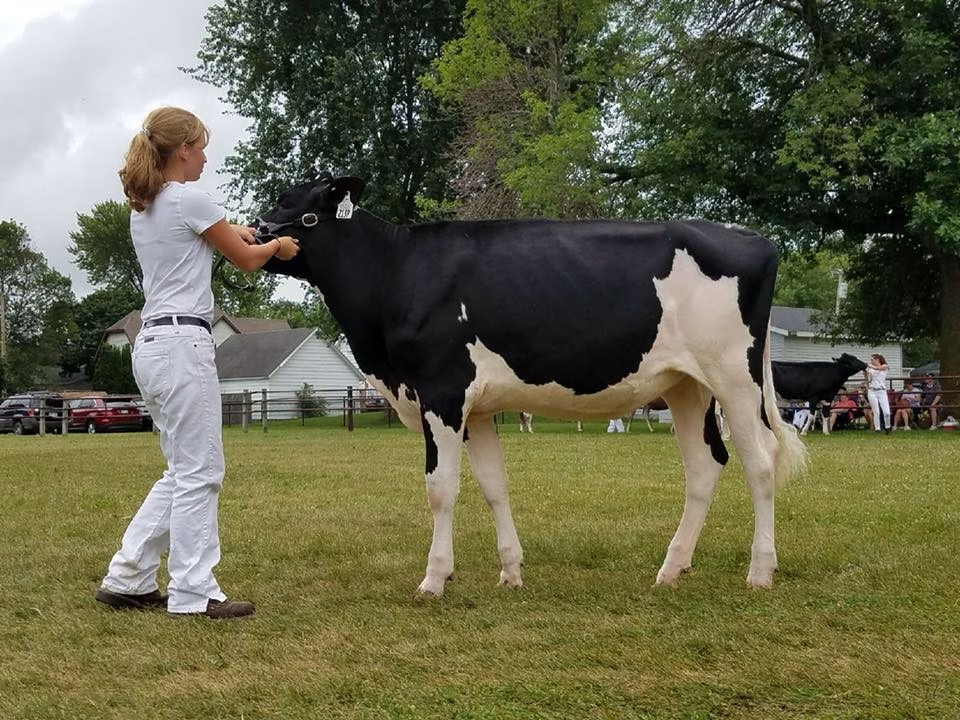
While Lexi and Reese battled medical conditions that struck from within or without, Sydni Mell’s story reminds us of the inherent risks of agricultural life and the remarkable resilience that can emerge when facing its consequences.
Sydni grew up on her family’s 200-cow dairy farm in Waunakee, Wisconsin, experiencing the quintessential farm kid life: daily chores before and after school, feeding calves, and absorbing the inherent lessons of hard work, responsibility, and resilience.
This upbringing wasn’t just a backdrop; it actively shaped her character. Her connection to the farm remained strong even after she left for college; pursuing a degree in dairy science at the University of Wisconsin-Madison, she would return home during breaks to lend a hand with chores, demonstrating a deep and abiding commitment to her family’s way of life.
A Split Second Changes Everything
During her Easter break in April 2022, while home from college, a farm accident violently altered Sydni’s life trajectory. Working alongside her brother, Sam, to uncover plastic sheeting on a silage bunker—a routine task on many dairy farms—she slipped on a concrete sidewall and fell into the empty bunker below.
The fall resulted in a catastrophic injury: a complete spinal cord injury, leaving her paralyzed from the waist down. The fact that her brother was present and witnessed the immediate aftermath added a layer of shared trauma for the family.
Unlike the insidious onset of illness or an external event like a fire, Sydni’s injury stemmed directly from the inherent physical risks associated with agricultural work, even tasks performed countless times before. It’s a stark reminder of the dangers that lurk in the daily routines of farm life—dangers sometimes forgotten precisely because of their familiarity.
Redefining Goals, Retaining Hope
Faced with a life-altering diagnosis, Sydni initially focused on the goal of walking again, advocating strongly for a transfer to the renowned Shirley Ryan AbilityLab in Chicago for intensive rehabilitation.
However, upon fully understanding the permanence and severity of her spinal cord injury, she demonstrated remarkable maturity and resilience. While holding onto hope for future medical advancements, she pivoted her immediate focus towards adapting to life in a wheelchair and reclaiming her independence.
Crucially, she refused to let the accident derail her academic aspirations. She was determined to return to her dairy science studies at UW-Madison and rejoin her supportive network of friends in the Association of Women in Agriculture (AWA).
Navigating a large university campus presented new obstacles, but equipped with a high-powered wheelchair provided through workers’ compensation, she successfully resumed her education. This ability to realistically adjust immediate goals (from walking to wheelchair mastery and academic continuation) without abandoning her core identity or long-term aspirations showcased profound inner strength and adaptability.
Finding Purpose Through Advocacy
Rather than solely focusing inward on her recovery, Sydni channeled her experience into positive action for others within the agricultural community. She actively fundraised for AgrAbility of Wisconsin, an organization she credits giving her “so much hope,” ultimately raising over $3,000 to support their work helping farmers and farm families living with injuries or disabilities.
Her personal experience also gave her a powerful platform to speak about farm safety. She reflected on how familiarity with farm tasks can lead to decreased awareness of potential dangers, acknowledging that performing a task repeatedly had made her less mindful of the inherent risks involved in working on the bunker.
Her accident served as a stark reminder of the inherent dangers of farming. Significantly, her brother Sam also shared that the incident fundamentally changed his perspective, making him far more conscious of potential risks on the farm.
By transforming her tragedy into advocacy and awareness, Sydni found a powerful purpose, working to prevent similar accidents and support others facing challenges in the agricultural world.
A Future Still Focused on the Farm

Despite the profound physical changes brought by her injury—challenges that might understandably steer someone away from the physically demanding nature of agriculture—Sydni Mell’s commitment to a future in dairy farming remains resolute.
Upon graduating with her dairy science degree, she plans to return to the family farm in Waunakee. She doesn’t just plan to be present; she intends to actively assist in operations, bringing her university knowledge to bear by implementing modern practices like robotic milking.
Her goals also include maintaining the farm’s elite Holstein herd and continuing her participation in cattle shows. This forward-thinking approach demonstrates a sophisticated adaptation, leveraging her knowledge and passion while accommodating her physical reality.
She finds solace and a sense of normality in working with animals, noting perceptively that the calves responded to her the same way they always had, regardless of her being in a wheelchair. While acknowledging the daily struggles with tasks requiring physical strength, like lifting heavy milk replacer bags, her positive attitude and focus on the future remain undimmed.
The Common Threads: What These Stories Teach Us
Reflecting on the journeys of Lexi, Reese, and Sydni, several powerful themes emerge that resonate far beyond their circumstances.
The Unique Resilience of Farm Kids
All three young women were born into the demanding yet rewarding world of dairy farming. This shared heritage likely instilled foundational qualities crucial for facing adversity: a strong work ethic, a sense of responsibility from a young age, and perhaps a practical, resilient outlook often forged through the daily realities of agricultural life.
Their identities were deeply connected to their family farms and the rhythms of raising and caring for dairy cattle. This grounding may have provided a crucial anchor during the turbulent waters of their respective crises.
The farm environment teaches early lessons about life and death, perseverance through difficulty, and the necessity of moving forward despite challenges. These lessons, absorbed through daily living rather than explicit instruction, may have equipped these young women with an emotional toolkit that served them well when facing life-threatening circumstances.
The Extraordinary Power of Agricultural Communities
A striking parallel across all three narratives is the extraordinary outpouring of support from their communities. This support often felt uniquely tailored to their agricultural context.
For Lexi, it manifested in the symbolic and financially significant lamb auction, driven by peers within the showing community. For Reese, it included intensely practical help with farm chores from neighbors who understood the unrelenting demands of a dairy operation, alongside broader industry fundraising and global encouragement. For Sydni, community support included offers of farm help and crucial acceptance from her peers in collegiate agriculture.
This pattern suggests that agricultural communities possess distinct values and mechanisms for mutual aid rooted in shared understanding and practical necessity. When crisis strikes a farm family, the response isn’t just emotional support or financial assistance (though both are crucial); it’s also the tangible help of keeping the operation running—feeding animals, milking cows, planting crops—because these tasks cannot wait for crisis to pass.
Different Paths to Finding Meaning
While all three demonstrated immense resilience, their primary drivers differed subtly, reflecting their personalities and circumstances.
Lexi’s resilience seemed tied to maintaining her identity and a sense of normality through her passion for showing, even while critically ill. Reese’s journey was powerfully fueled by specific, tangible goals—returning home, reuniting with her beloved cow Pantene, and returning to the show ring. Sydni’s resilience manifested in her mature adaptation to a new physical reality, unwavering commitment to her education and farm future, and finding purpose through advocacy for others.
Each found strength in different ways—through passion, specific goals, faith, or purpose—but all refused to be defined by their adversity. This diversity of coping mechanisms reminds us that there is no single “right way” to face life’s greatest challenges.
The Healing Power of Animals
A particularly poignant thread running through these stories is the animals’ unique role in the healing process. Reese’s connection to Pantene was therapeutic and motivational, providing a tangible goal during grueling rehabilitation. For Lexi, continuing to show provided continuity and purpose during treatment. Sydni’s desire to return to the farm and work with animals fuels her plans, offering both purpose and solace.
The farm, representing their past and future, served as an anchor and source of enduring identity. This highlights something many in the agricultural community intuitively understand: the profound therapeutic potential of human-animal bonds, particularly in times of crisis.
The Bottom Line: Lessons for Our Industry
As members of the dairy community, these stories should give us pause for reflection. They remind us of several crucial truths:
Farm safety must remain paramount. Sydni’s story, in particular, serves as a powerful reminder that even routine tasks carry risks. Her advocacy work highlights the need for ongoing safety awareness and education, even—perhaps especially—for tasks performed hundreds of times before.
Our community’s strength is extraordinary. The response to these crises demonstrates the unique power of agricultural communities to rally around their members in times of need. This is something to celebrate and preserve as rural demographics and farm structures change.
The human-animal bond has healing power. The role that dairy animals played in the recovery journeys of these young women suggests potential for more formal recognition of animal-assisted therapy in agricultural contexts.
Resilience can be cultivated. While these young women demonstrated exceptional strength, their stories suggest that the agricultural lifestyle may help develop resilience that serves well in crisis. This value is worth explicitly recognizing and nurturing in the next generation of dairy farmers.
Organ donation saves dairy lives, too. Both Lexi’s heart transplant and Reese’s kidney transplant highlight the life-saving importance of organ donation. This issue transcends any industry or community but has directly touched our own.
As of April 2025, Lexi Anderson is still in the early stages of recovery from her January heart transplant. Reese Burdette, now 16, continues to thrive and inspire others with her story. Sydni Mell is likely completing her dairy science degree and preparing to return to her family’s operation with new perspectives and innovations.
Their journeys continue, as does the collective responsibility to learn from their experiences and support others facing similar battles. In an industry often defined by production metrics, genetic advances, and market fluctuations, these stories remind us that the greatest assets are the people—particularly the young—who will carry dairy traditions forward.
Their hearts—whether physically challenged like Lexi’s, tested by trauma like Reese’s, or emotionally resilient like Sydni’s—beat with strength and determination that should inspire us all. They are, truly, the hearts of the heartland.
Learn more:
- From Dairy Farm to Track Stardom: The Inspiring Journey of Elle Purrier St. Pierre – Another inspiring story of resilience from the dairy community, showing how farm-bred determination can lead to extraordinary achievements.
- Unlock the Secret to Emotional Resilience: A Must-Read for Every Dairy Farmer – Explores the importance of emotional resilience in dairy farming families, a crucial element in the stories of Lexi, Reese, and Sydni.
- Calves for a Cause 2025: Dairy Industry’s $170K+ Legacy Shines at Canadian Dairy XPO – Highlights how the dairy community rallies to support children’s healthcare, similar to the community support shown for Lexi, Reese, and Sydni.
 Join the Revolution!
Join the Revolution!
Join over 30,000 successful dairy professionals who rely on Bullvine Daily for their competitive edge. Delivered directly to your inbox each week, our exclusive industry insights help you make smarter decisions while saving precious hours every week. Never miss critical updates on milk production trends, breakthrough technologies, and profit-boosting strategies that top producers are already implementing. Subscribe now to transform your dairy operation’s efficiency and profitability—your future success is just one click away.







 Join the Revolution!
Join the Revolution!




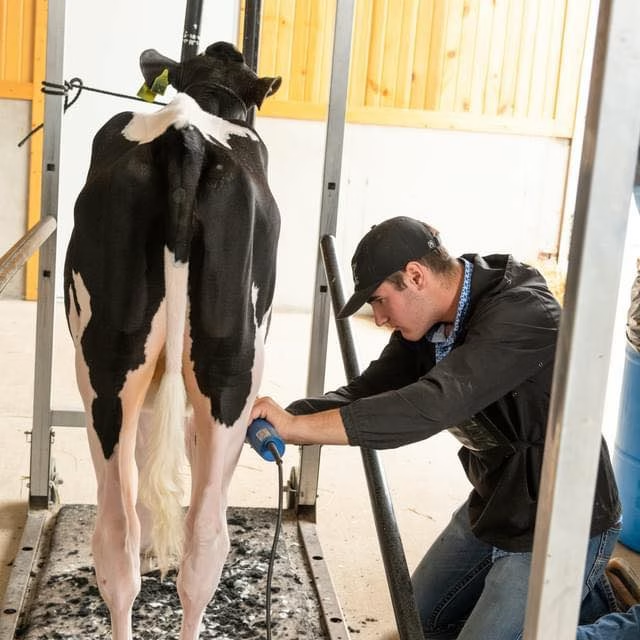
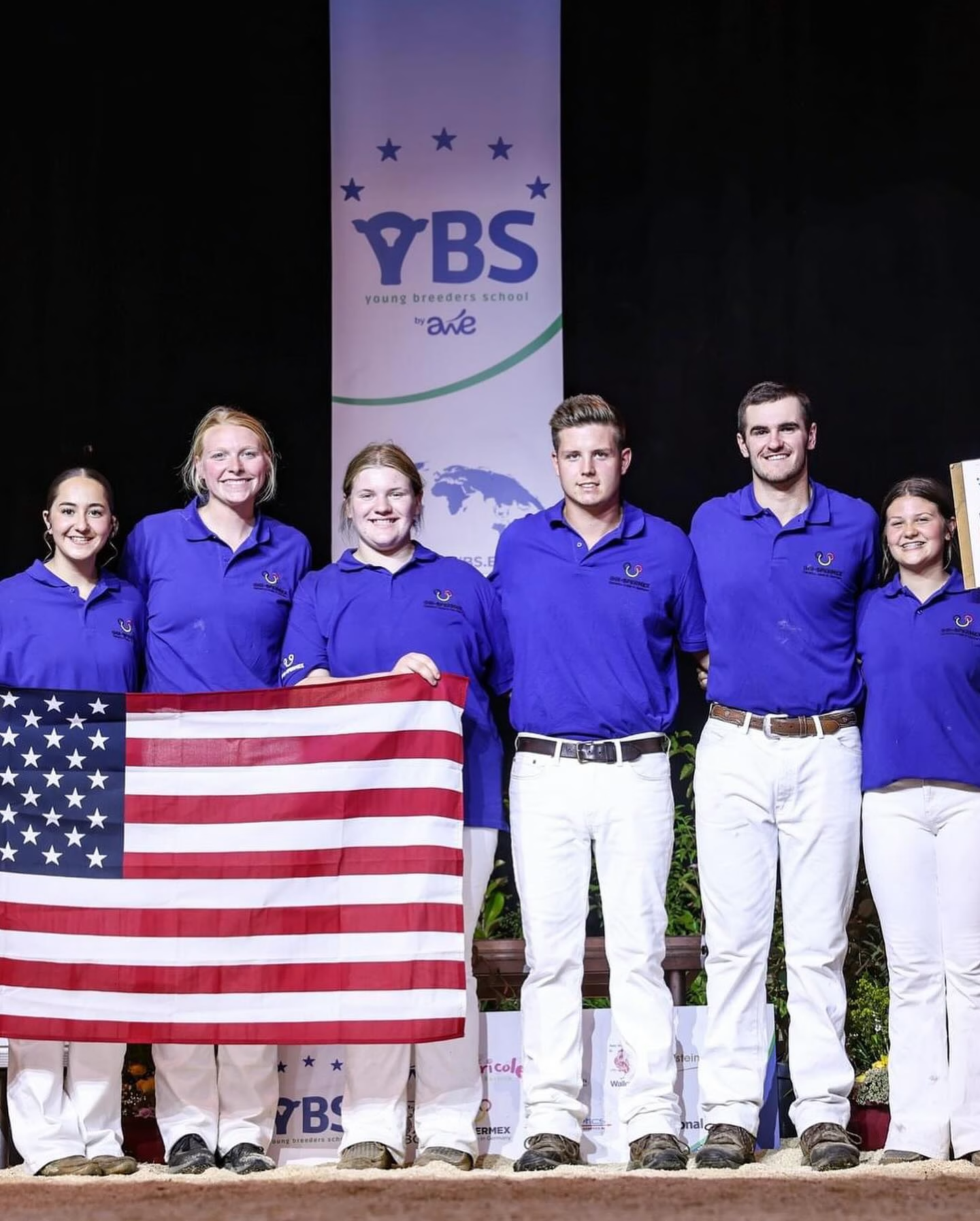


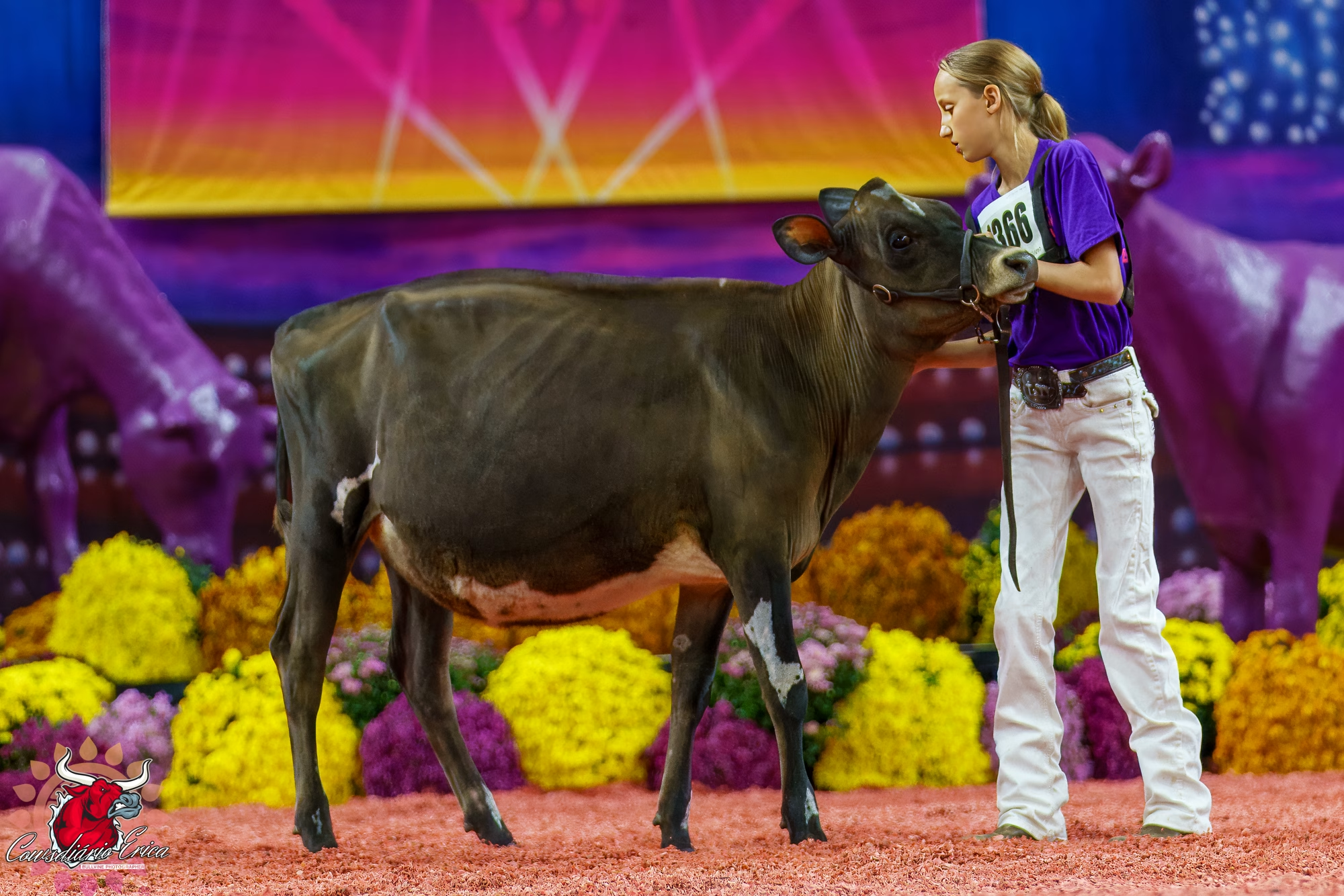
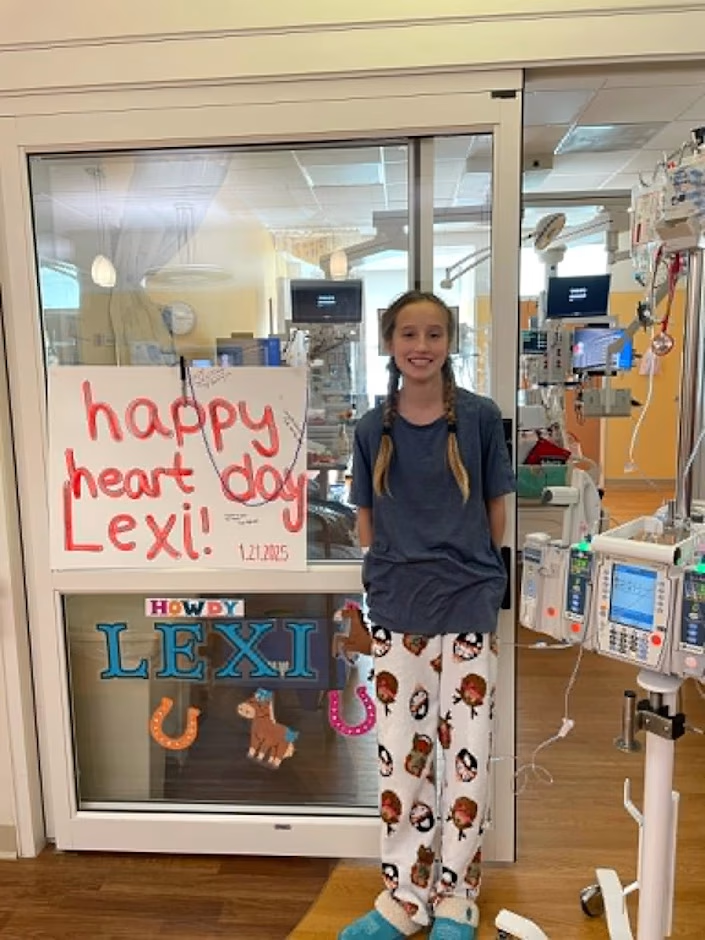
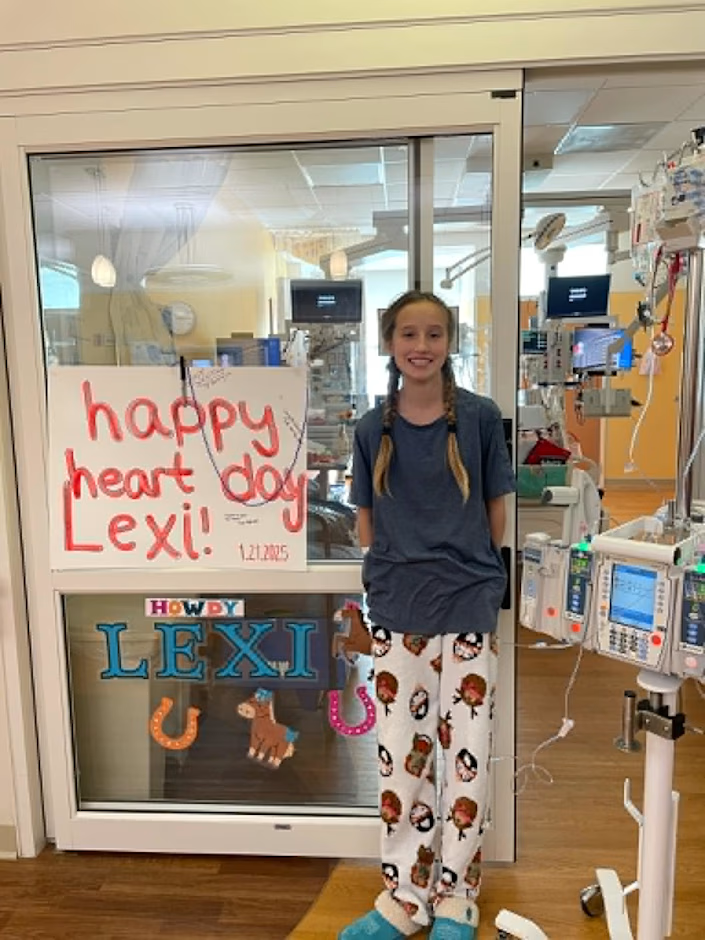







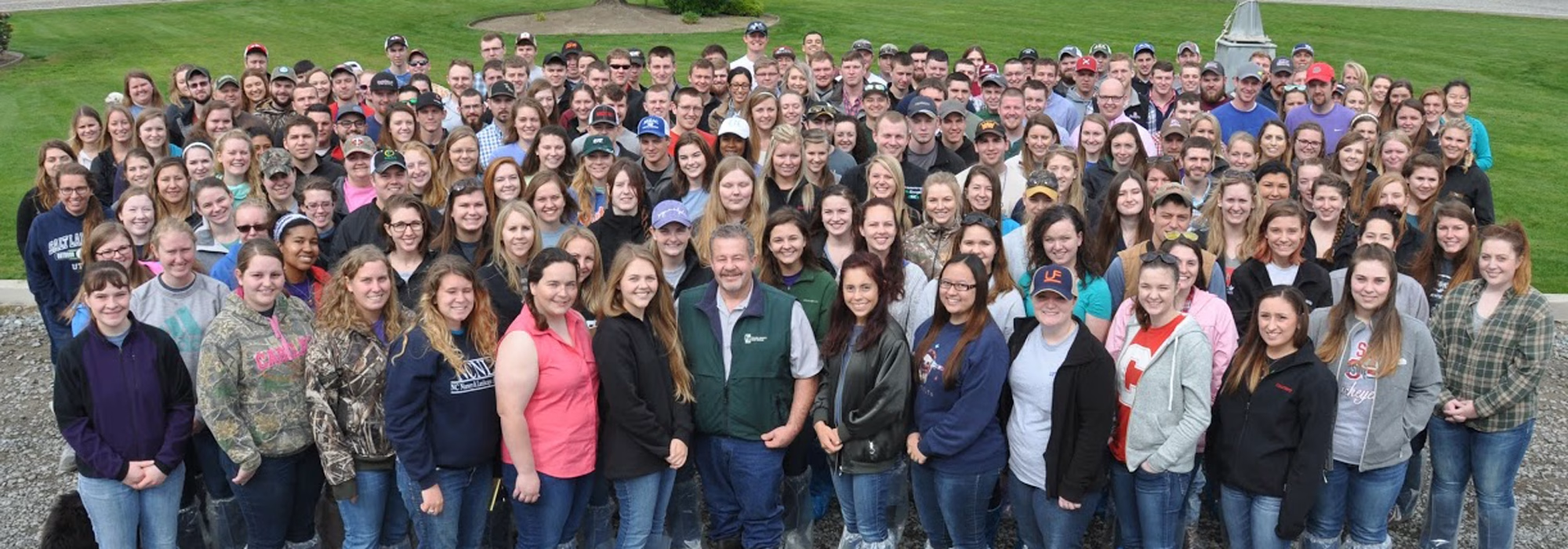

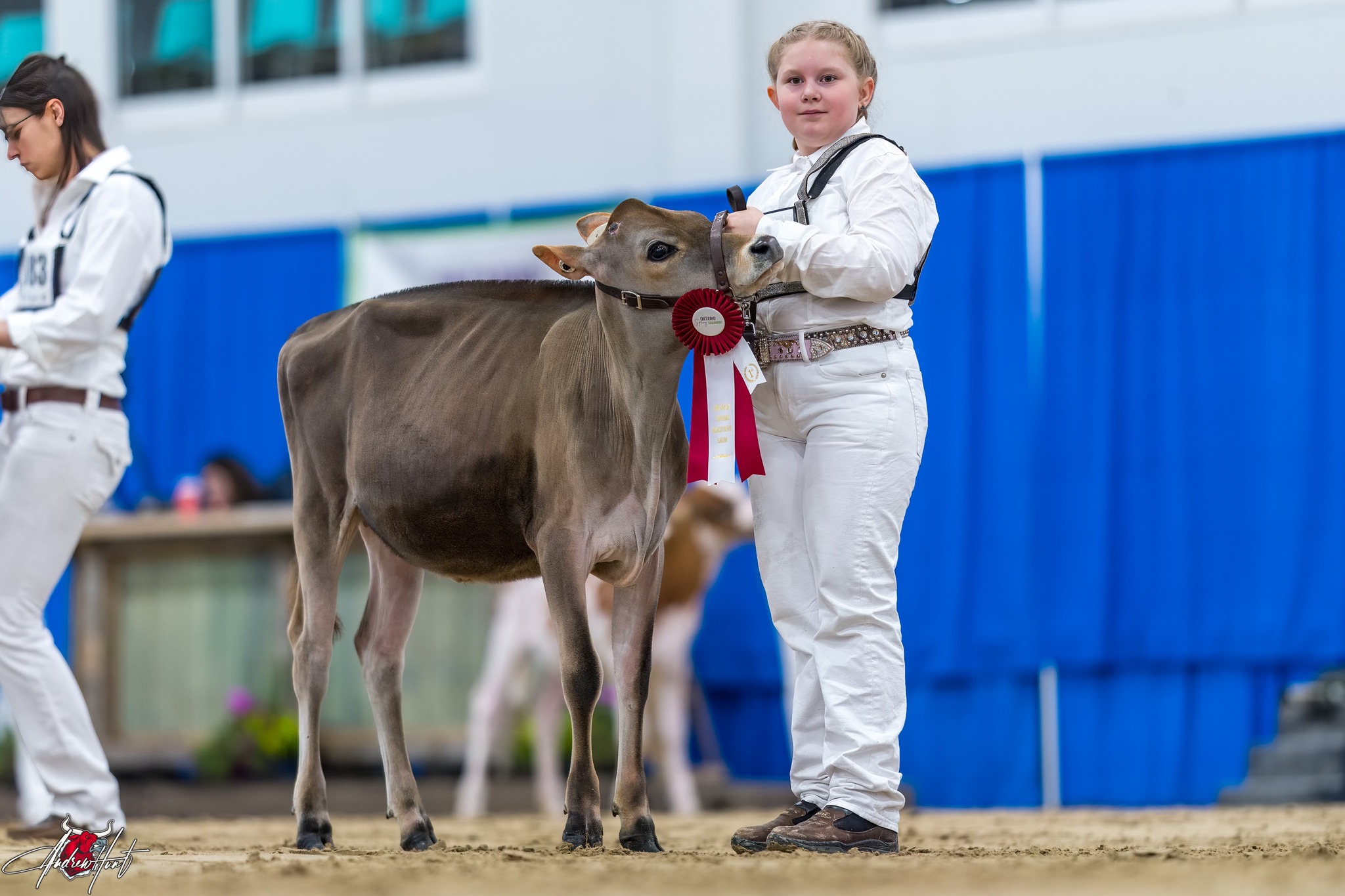 Stepping into the
Stepping into the  Indeed, you’re right in perceiving that the dairy cattle show ring encourages the fine-tuning of life-altering skills. One such significant area of development is discipline. The rigor and commitment that children have to put in to prepare their livestock for shows is remarkable. They need to abide by strict schedules for feeding, grooming, and training, which often involves waking up at the break of dawn and managing a multitude of tasks effectively. This stringent regimen is a testament to the development of discipline, and here’s why:
Indeed, you’re right in perceiving that the dairy cattle show ring encourages the fine-tuning of life-altering skills. One such significant area of development is discipline. The rigor and commitment that children have to put in to prepare their livestock for shows is remarkable. They need to abide by strict schedules for feeding, grooming, and training, which often involves waking up at the break of dawn and managing a multitude of tasks effectively. This stringent regimen is a testament to the development of discipline, and here’s why:  The magic of teamwork and competition really unfolds when you dive deeper into the world of dairy cattle shows. Beyond the surface, these events provide an enriching and multidimensional atmosphere for learning. It’s not just about parading cattle – it fosters key life skills, specifically teamwork and healthy competition. The environment of the cattle show ring offers rewarding experiences that help build your collaborative and competitive abilities.
The magic of teamwork and competition really unfolds when you dive deeper into the world of dairy cattle shows. Beyond the surface, these events provide an enriching and multidimensional atmosphere for learning. It’s not just about parading cattle – it fosters key life skills, specifically teamwork and healthy competition. The environment of the cattle show ring offers rewarding experiences that help build your collaborative and competitive abilities.  As they immerse themselves in the dairy cattle show ring, young participants garner a unique perspective into animal conduct, well-being, and rights. This experience deeply fosters empathy and nurtures an enduring reverence for livestock. By embracing these values, exhibitors understand that triumph isn’t solely centered around personal feats or rivalry. Instead, the well-being of their livestock stands as a fundamental priority.
As they immerse themselves in the dairy cattle show ring, young participants garner a unique perspective into animal conduct, well-being, and rights. This experience deeply fosters empathy and nurtures an enduring reverence for livestock. By embracing these values, exhibitors understand that triumph isn’t solely centered around personal feats or rivalry. Instead, the well-being of their livestock stands as a fundamental priority.  Showing dairy cattle also builds confidence. Young people must present their animals in the ring, sometimes explaining their work to judges or onlookers. This develops their public speaking skills and self-confidence, as they learn to communicate effectively and assert themselves in public settings.
Showing dairy cattle also builds confidence. Young people must present their animals in the ring, sometimes explaining their work to judges or onlookers. This develops their public speaking skills and self-confidence, as they learn to communicate effectively and assert themselves in public settings. Finally, dairy cattle shows provide a fantastic opportunity for networking. Young participants meet others with similar interests, leading to friendships and mentorships that can last a lifetime. These relationships often provide educational and professional opportunities well beyond their early showing years.
Finally, dairy cattle shows provide a fantastic opportunity for networking. Young participants meet others with similar interests, leading to friendships and mentorships that can last a lifetime. These relationships often provide educational and professional opportunities well beyond their early showing years.





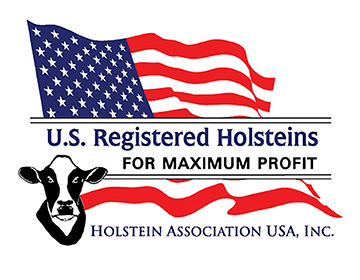 The National Junior Holstein Association is a dynamic organization for youth under the age of 21, with over 8,000 active members in 48 states. Eight finalists have been named in Holstein Association USA’s annual
The National Junior Holstein Association is a dynamic organization for youth under the age of 21, with over 8,000 active members in 48 states. Eight finalists have been named in Holstein Association USA’s annual 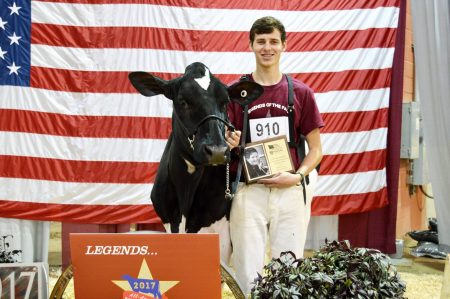 Daniel Kitchen of Danville, Pa. is the recipient of the 2017 National Judi Collinsworth Outstanding Exhibitor Award from Holstein Association USA, Inc. This award recognizes youth for their outstanding Holstein project work and involvement with their cattle and dairy activities. Kitchen is the thirteenth Junior Holstein member to receive this honor, and receives a $500 scholarship.
Daniel Kitchen of Danville, Pa. is the recipient of the 2017 National Judi Collinsworth Outstanding Exhibitor Award from Holstein Association USA, Inc. This award recognizes youth for their outstanding Holstein project work and involvement with their cattle and dairy activities. Kitchen is the thirteenth Junior Holstein member to receive this honor, and receives a $500 scholarship. In my experiences growing up on a farm, and in my line of work, I have interacted with a wide variety of people. Since an early age, I have always believed you can identify quickly upon meeting someone whether or not he or she grew up on a farm, have worked on a farm, or possess the ‘farm kid’ mentality. These students and young professionals possess recognizable talents and abilities that allow them to stand out from their peers. Without further ado (and in no particular order) here are the top 10 qualities kids that grew up on a farm bring to the workplace.
In my experiences growing up on a farm, and in my line of work, I have interacted with a wide variety of people. Since an early age, I have always believed you can identify quickly upon meeting someone whether or not he or she grew up on a farm, have worked on a farm, or possess the ‘farm kid’ mentality. These students and young professionals possess recognizable talents and abilities that allow them to stand out from their peers. Without further ado (and in no particular order) here are the top 10 qualities kids that grew up on a farm bring to the workplace.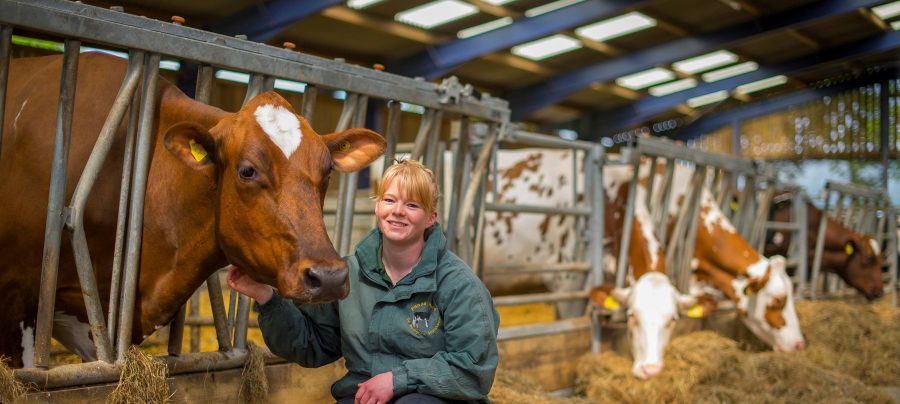
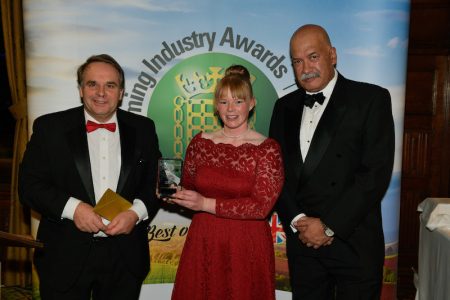
 Charlie Hamilton admits that he let his schoolwork slide in early October. The University of Wisconsin-Madison senior figured his time would be better spent flipping sandwiches on a grill or cleaning up after cows.
Charlie Hamilton admits that he let his schoolwork slide in early October. The University of Wisconsin-Madison senior figured his time would be better spent flipping sandwiches on a grill or cleaning up after cows.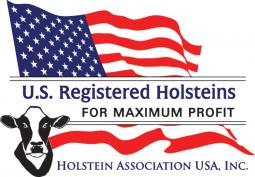 Holstein Association USA is pleased to recognize several youth every year for their achievements in breeding and developing exceptional Registered Holstein® cows. National Junior Star Performer Award
Holstein Association USA is pleased to recognize several youth every year for their achievements in breeding and developing exceptional Registered Holstein® cows. National Junior Star Performer Award  The proposed 2017-2018 PA State Budget does not include any funding for the All-American Dairy Show or the Keystone International Livestock Exposition. The PA State Budget meetings are in their final negotiations. If the proposed budget passes, that means zero dollars from the state to support two of the largest premier agricultural events in the nation. These unique events do so much for our state’s economy, the local economy, PA agriculture, and most importantly, OUR YOUTH.
The proposed 2017-2018 PA State Budget does not include any funding for the All-American Dairy Show or the Keystone International Livestock Exposition. The PA State Budget meetings are in their final negotiations. If the proposed budget passes, that means zero dollars from the state to support two of the largest premier agricultural events in the nation. These unique events do so much for our state’s economy, the local economy, PA agriculture, and most importantly, OUR YOUTH.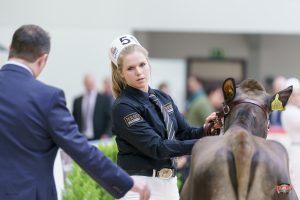 Andrew Swale of the UK Classifier team gives his take on how we can all learn and benefit from competitions.
Andrew Swale of the UK Classifier team gives his take on how we can all learn and benefit from competitions.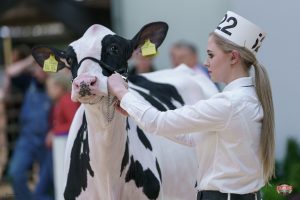 The learning does not stop when we become ‘too old’ for HYB; many of us attend our Club judging evenings and local shows, all with the view to seeing what animals are presented and how we would place them if we had been asked to ‘be in charge of proceedings’. Every time we do this we are increasing our knowledge of the breed, often alongside learning about the wider industry and, indeed, ourselves as we take a walk around the host farm/event. How many of us have gone home from an event and looked up the pedigree of an animal on the Holstein webpage, reviewed their ancestry and clicked on the factsheet to look at her linears? Before you know it you have reviewed half a dozen cows in the herd and spent some time learning without even realising it!
The learning does not stop when we become ‘too old’ for HYB; many of us attend our Club judging evenings and local shows, all with the view to seeing what animals are presented and how we would place them if we had been asked to ‘be in charge of proceedings’. Every time we do this we are increasing our knowledge of the breed, often alongside learning about the wider industry and, indeed, ourselves as we take a walk around the host farm/event. How many of us have gone home from an event and looked up the pedigree of an animal on the Holstein webpage, reviewed their ancestry and clicked on the factsheet to look at her linears? Before you know it you have reviewed half a dozen cows in the herd and spent some time learning without even realising it!
 As family farms and ranches grow, both in dollars handled annually, and the number of individuals involved, a business approach to family and non-family employee management should be considered.
As family farms and ranches grow, both in dollars handled annually, and the number of individuals involved, a business approach to family and non-family employee management should be considered. Undergraduate students — 230 in total — from 37 colleges across North America traveled to Visalia, Calif., for the 16th annual Dairy Challenge (NAIDC). Seven dairy farms participated in the educational event. Dairy students worked to improve their dairy management and communication skills, networked with other students, and explored industry careers. Dairy Challenge is a unique, real-world experience where dairy students work as a team and apply their college coursework to evaluate and provide practical solutions for an operating dairy farm. In Visalia, two programs ran concurrently — the 16th national Dairy Challenge contest and the fifth annual Dairy Challenge Academy. The events were coordinated by the NAIDC Board of Directors and the western planning committee.
Undergraduate students — 230 in total — from 37 colleges across North America traveled to Visalia, Calif., for the 16th annual Dairy Challenge (NAIDC). Seven dairy farms participated in the educational event. Dairy students worked to improve their dairy management and communication skills, networked with other students, and explored industry careers. Dairy Challenge is a unique, real-world experience where dairy students work as a team and apply their college coursework to evaluate and provide practical solutions for an operating dairy farm. In Visalia, two programs ran concurrently — the 16th national Dairy Challenge contest and the fifth annual Dairy Challenge Academy. The events were coordinated by the NAIDC Board of Directors and the western planning committee. A 10 point action plan aimed at kick-starting a new generation of farmers by dramatically increasing the number of starter opportunities on public land has been published.
A 10 point action plan aimed at kick-starting a new generation of farmers by dramatically increasing the number of starter opportunities on public land has been published.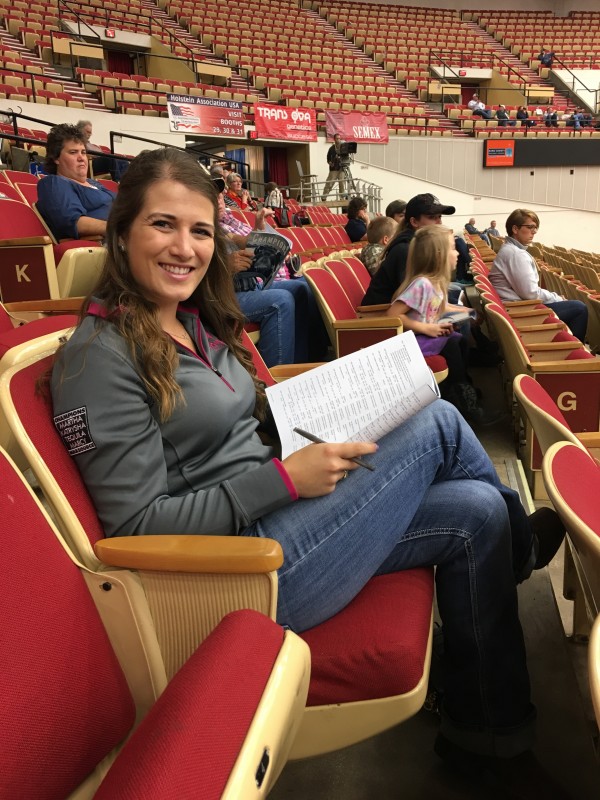
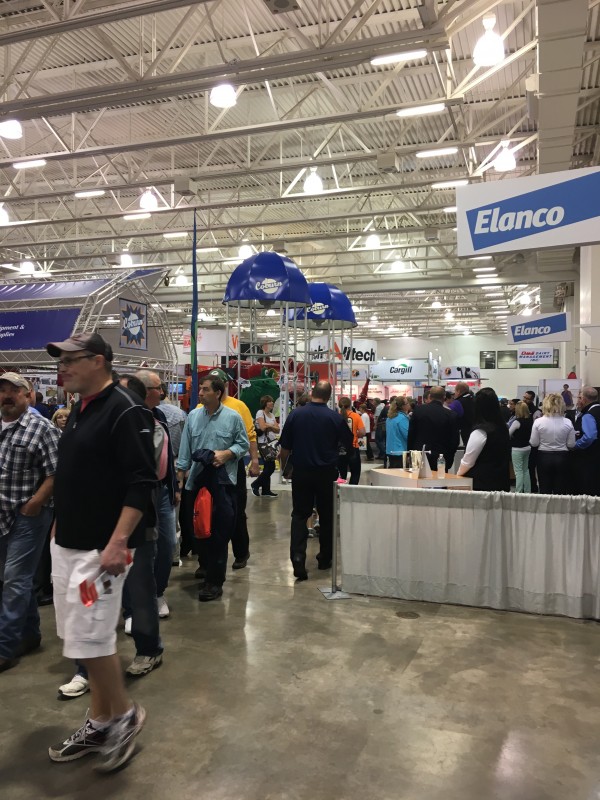
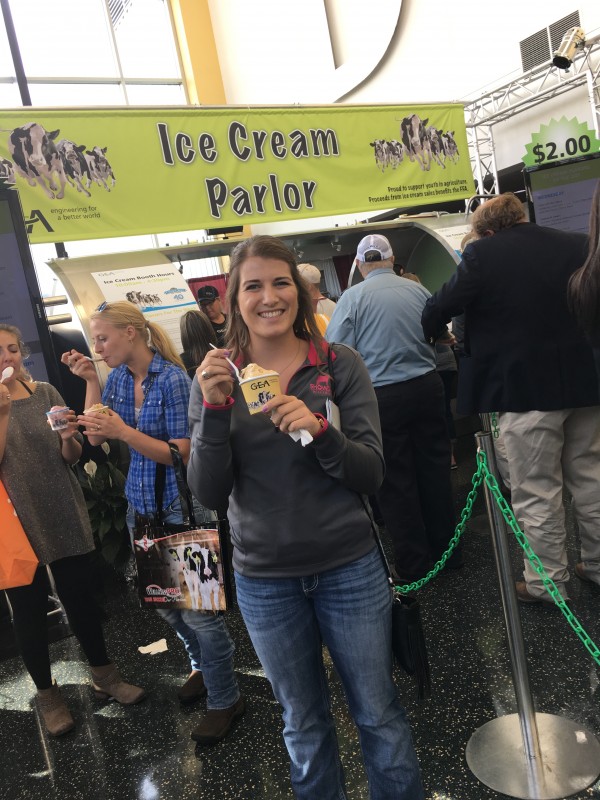
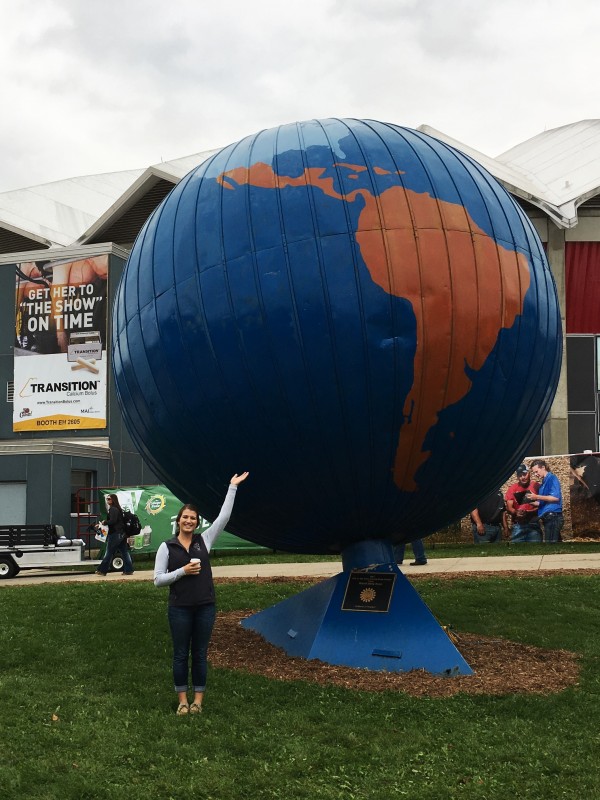
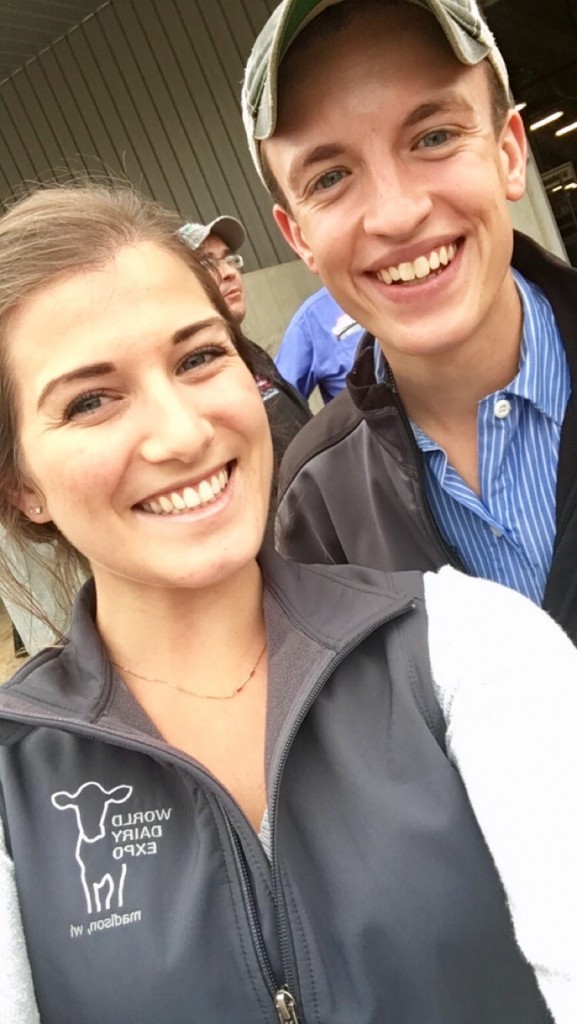
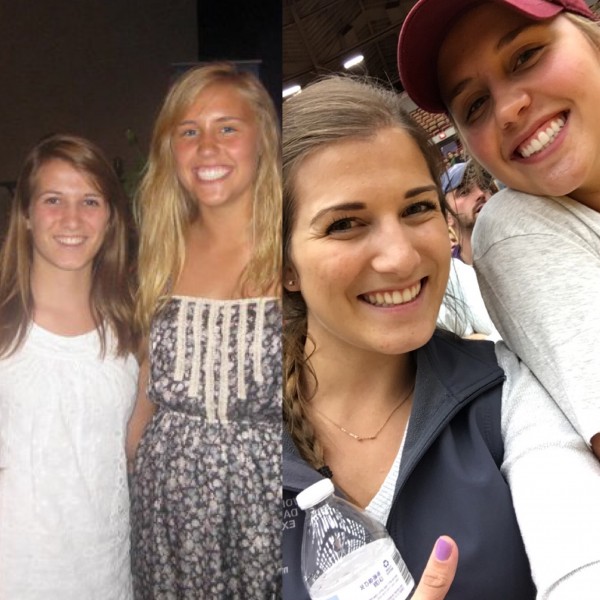
 18-year-old Katie Anderson from Yarroweyah has been awarded the coveted Dairy Youth Travel Scholarship at the 2016 Royal Melbourne Show.
18-year-old Katie Anderson from Yarroweyah has been awarded the coveted Dairy Youth Travel Scholarship at the 2016 Royal Melbourne Show.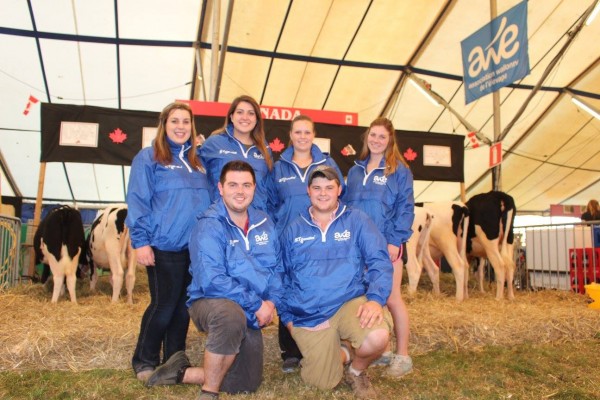
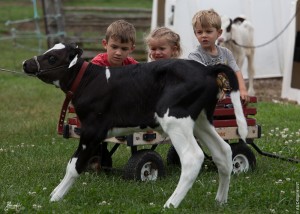 FARM KIDS ON THE HIGHWAY. ARE THEY SAFE or SORRY?
FARM KIDS ON THE HIGHWAY. ARE THEY SAFE or SORRY?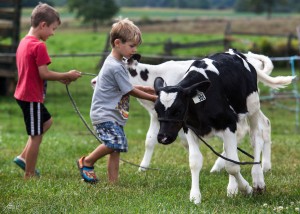 IS MONEY AT THE ROOT OF ALL FARM KID EVIL?
IS MONEY AT THE ROOT OF ALL FARM KID EVIL?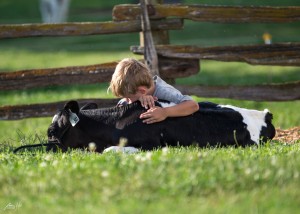 Farm Youth Are Being TARGETED by Animal Rights ACTIVISTS
Farm Youth Are Being TARGETED by Animal Rights ACTIVISTS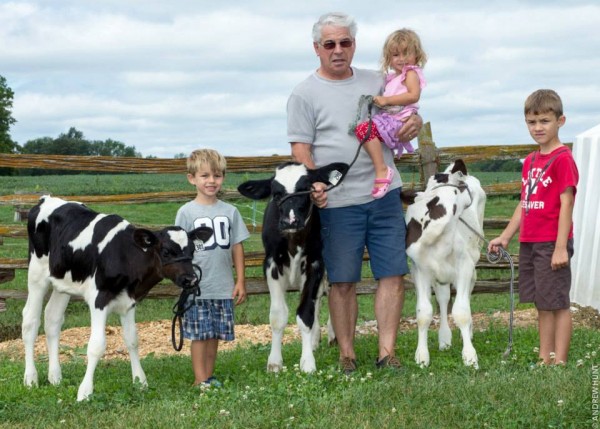
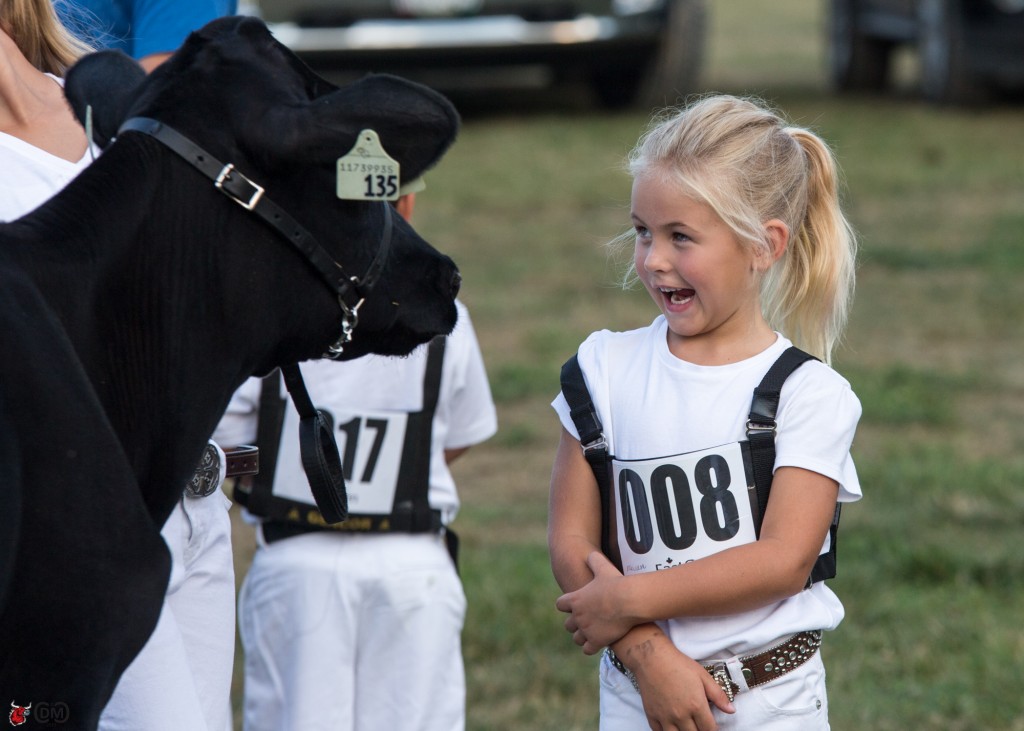
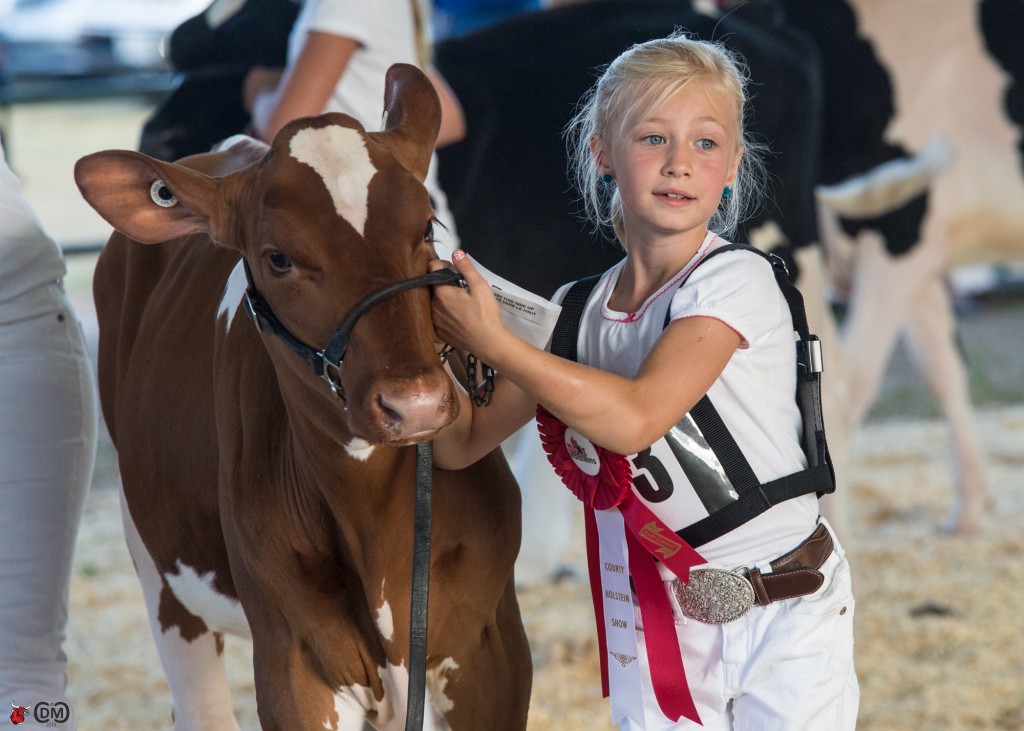
![DSC04112[1]](https://www.thebullvine.com/wp-content/uploads/2016/09/DSC041121-300x200.jpg)
![DSC05399[1]](https://www.thebullvine.com/wp-content/uploads/2016/09/DSC053991-200x300.jpg)
![13248405_10153607544920418_8108046256094181155_o[1]](https://www.thebullvine.com/wp-content/uploads/2016/05/13248405_10153607544920418_8108046256094181155_o1-600x400.jpg)
![13227593_10153607545325418_460278589106854411_o[1]](https://www.thebullvine.com/wp-content/uploads/2016/05/13227593_10153607545325418_460278589106854411_o1-600x400.jpg)
![13247689_10153607547310418_4280265197726130755_o[1]](https://www.thebullvine.com/wp-content/uploads/2016/05/13247689_10153607547310418_4280265197726130755_o1-600x400.jpg)
![13147598_10153475770562051_1496234763684020853_o[1]](https://www.thebullvine.com/wp-content/uploads/2016/05/13147598_10153475770562051_1496234763684020853_o1-600x450.jpg)
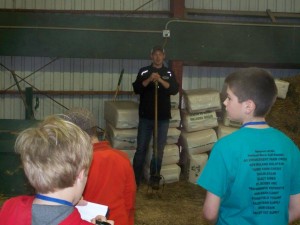
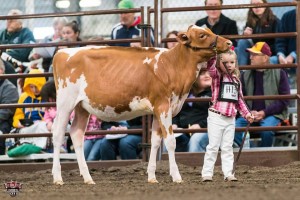 At any given time, a livestock or horse show can be exciting, stressful, emotional and exhausting for competitors and their parents. With all of the buzzing around and competition, the environment is ripe with opportunity to behave in a very unsportsmanlike manner; parents, this is your opportunity to lead by example!
At any given time, a livestock or horse show can be exciting, stressful, emotional and exhausting for competitors and their parents. With all of the buzzing around and competition, the environment is ripe with opportunity to behave in a very unsportsmanlike manner; parents, this is your opportunity to lead by example!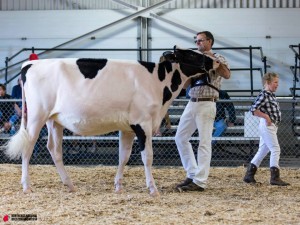 Don’t criticize others. The old adage “if you don’t have anything nice to say, don’t say anything at all” can go a long way. We all have opinions; however, it is up to us how to word those opinions so they don’t hurt or disparage anyone else. We may not agree with the judge’s placing that day or perhaps we would have managed the show differently, but we must show respect to those people because after all, they’re all people. The beauty of life is that we don’t all think and operate the same way. Finding the value in another person’s critique of our performance, learning about different ways to manage shows and observing others free from judgement allows us to learn a great deal.
Don’t criticize others. The old adage “if you don’t have anything nice to say, don’t say anything at all” can go a long way. We all have opinions; however, it is up to us how to word those opinions so they don’t hurt or disparage anyone else. We may not agree with the judge’s placing that day or perhaps we would have managed the show differently, but we must show respect to those people because after all, they’re all people. The beauty of life is that we don’t all think and operate the same way. Finding the value in another person’s critique of our performance, learning about different ways to manage shows and observing others free from judgement allows us to learn a great deal.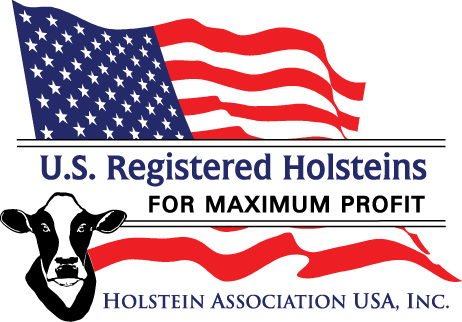 Holstein Association USA has announced the finalists in the 2016 Young Distinguished Junior Member (YDJM) competition. The YDJM award is the highest honor a Holstein Association Junior member between the ages of 9 and 16 can achieve.
Holstein Association USA has announced the finalists in the 2016 Young Distinguished Junior Member (YDJM) competition. The YDJM award is the highest honor a Holstein Association Junior member between the ages of 9 and 16 can achieve.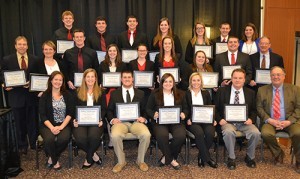 Nearly 250 future leaders of the dairy industry gathered in Syracuse, New York, for the national Dairy Challenge held April 7-9, 2016. The event brought together 39 colleges from 29 states and three Canadian provinces to learn technical dairy skills, network with other students and explore industry careers and innovation.
Nearly 250 future leaders of the dairy industry gathered in Syracuse, New York, for the national Dairy Challenge held April 7-9, 2016. The event brought together 39 colleges from 29 states and three Canadian provinces to learn technical dairy skills, network with other students and explore industry careers and innovation.


